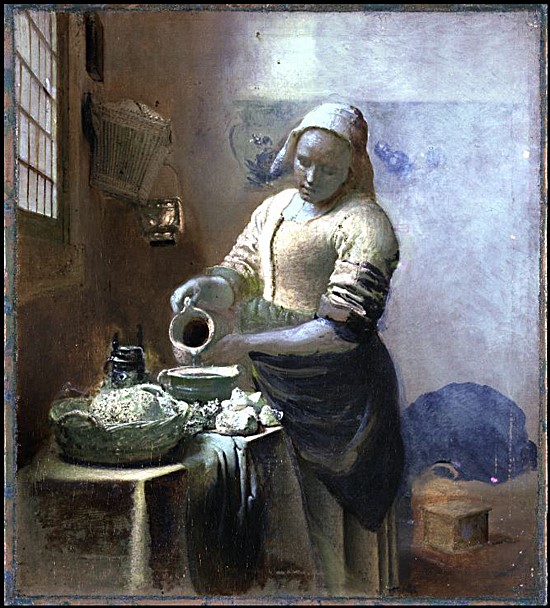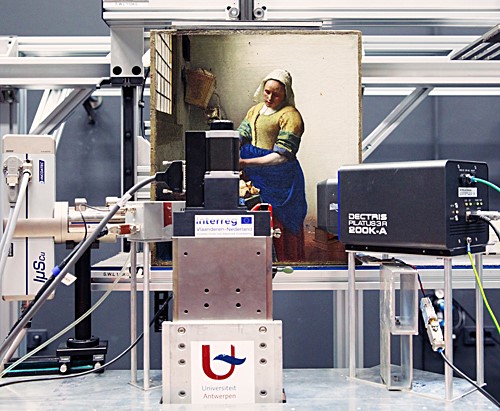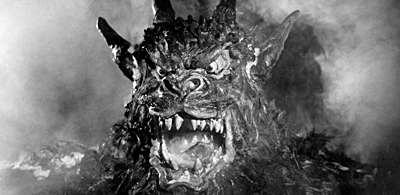Jan Vermeer and the Milkmaid Secret
In my childhood a large framed reproduction of the painting The Milkmaid hung in my family’s humble working class abode; the original painting was by the famed Dutch painter Johannes Vermeer (1632-1675). Even as a child I was infatuated by the image; it was one of the first artworks by an Old Master painter I had been exposed to. I credit the Vermeer painting for being one of the artworks that made me want to become an artist. Never underestimate the power of art.

Having admired that particular Vermeer all my life, in Sept. 2022 I learned of a centuries long secret regarding the Milkmaid painting. That was when the Rijksmuseum—also known as the Dutch National Museum, announced the results of a high-tech scan of the painting.
The scan revealed the under-painting beneath the completed work; it was a painted sketch of the Milkmaid and the room in which she worked, brushed on with black oil paint—likely thinned with turpentine. Vermeer mixed white with the wet black to produce tones from dark to light gray.
This allowed him to model the Milkmaid figure as well as the objects in the room. Once the underpainting had dried Vermeer painted over it with colors to create the finished work. The black underpainting appears blue in the scan.

The big discovery from the scan was that Vermeer painted two common items from the period, placing them directly behind the woman pouring milk from a jug. It is surmised the artist thought the composition too distracting, and wanting to focus on the Milkmaid he painted over these things.
One item was a wooden jug holder—a shelf with pegs placed on its underside where jugs were hung; this was painted directly behind the women’s head. The other item shown at bottom right was a woven willow “fire basket.” Made to hold a small bowl filled with embers it could cradle an infant to keep it warm, or serve to dry laundered fabrics. After Vermeer’s death his household items were inventoried and a wooden jug holder and fire basket were among them.
The discovery of the under-painting knocks down two arguments about Vermeer’s work made his detractors; that he didn’t make under-paintings, and that he didn’t make corrections to his paintings while in the process of creating them. The Milkmaid scan not only proves that Vermeer made under-paintings, which was the standard for painters of his day, but it shows he questioned his composition and moved to correct it as he painted.
Milkmaid was scanned with Macro-XRF and RIS technologies, but the breakthrough came with the use of SWIR scanners. SWIR or Short Wavelength Infrared, provides a new type of material analysis. It delivers clear photos taken through glass, rainstorms, and heavy cloud cover; as a result it’s used in defense and security industries. Combined with other technologies SWIR makes possible face recognition scans for the identification and tracking of individuals (I love Big Brother). Thankfully someone discovered SWIR could be given the harmless and benevolent task of scrutinizing time-honored classical paintings.

Along with The Milkmaid a number of Vermeer’s paintings underwent SWIR scanning with the assistance of the Mauritshuis art museum in The Hague, Netherlands. The high-tech exams were made before the launch of a major exhibition of Vermeer’s paintings scheduled for 2023.
Vermeer was only 43 when he died. Astonishingly, the entire output of his short career was only 35 paintings; but they were glorious, and all have been verified to be his creations. Vermeer left us no sketches, drawings, studies, or prints.
Amsterdam’s Rijksmuseum museum website has a marvelously detailed presentation on The Milkmaid and Vermeer. Replete with the museum’s informative video presentation featuring conservator and researcher Anna Krekeler, and a page where you can download the infrared scans of the painting, it is the destination for anyone interested in Jan Vermeer.
The Rijksmuseum will host the aforementioned 2023 exhibition of Vermeer’s paintings from Feb. 10, 2023 to June 4, 2023. It will be the largest exhibit of Vermeer paintings in history, and most of his paintings will be on display. Now, if the Rijksmuseum can only keep the members of Just Stop Oil from attending.



